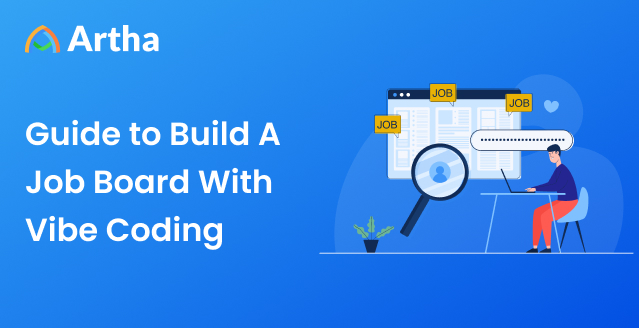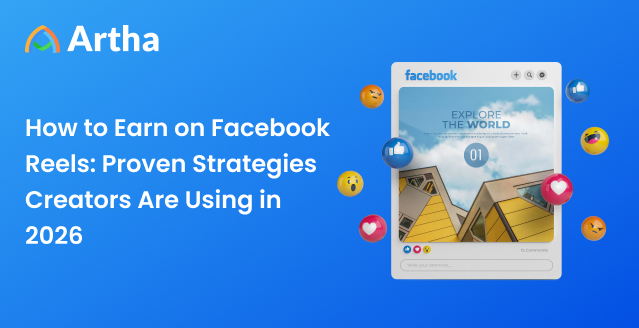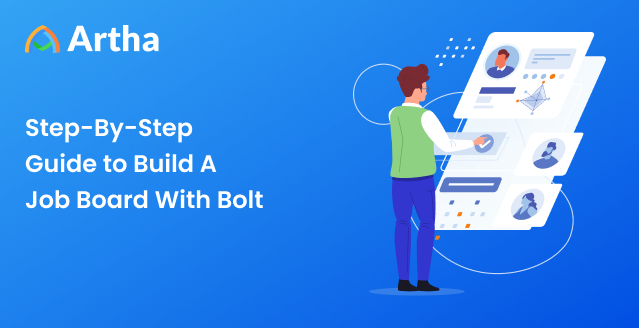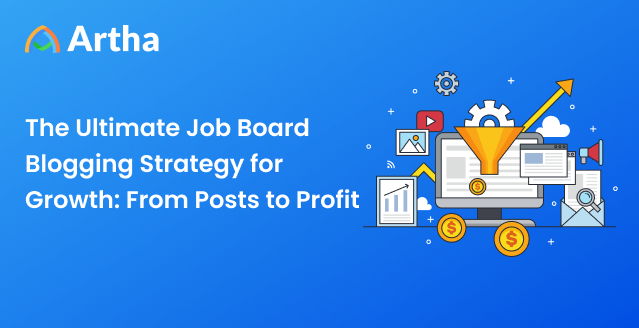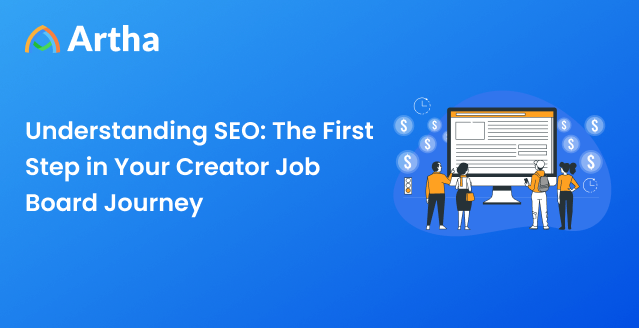
Let me tell you a story about how we learned a hard truth about our job board. We were living in a bubble, convinced that job seekers were thrilled to use our platform.
Spoiler: Reality hit us like a ton of bricks.
Only 7% of people who started filling out job applications actually made it to the finish line.
The numbers were devastating.
And when we dug deeper, the reasons were crystal clear.
Picture this: You’re excited about a job opportunity, only to face a 45-minute battle with an application form that feels like solving a Rubik’s cube blindfolded.
Who has that kind of patience?
Especially in a world where entertainment is just a scroll away, and dozens of other job opportunities are waiting.
Why Traditional Job Applications Suck
Imagine walking into a store where the shopkeeper makes you fill out a novel-length form just to buy a candy bar. That’s exactly what traditional job applications feel like.
- First, they force you to create yet another online account
- Then comes the “please verify your email” dance
- Next, you’re copying and pasting your entire resume into tiny boxes
- Finally, you face a CAPTCHA that looks like abstract art gone wrong
And what do you get in return? Usually, just crickets chirping in your inbox.
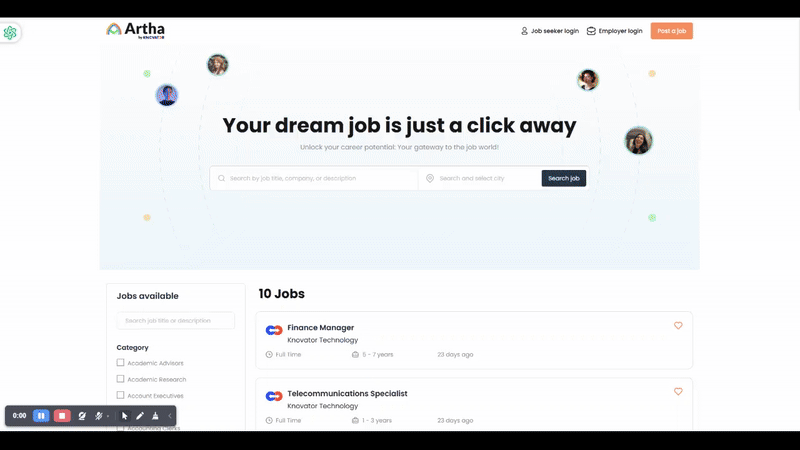
It’s no surprise that 73% of job seekers abandon ship when applications stretch beyond 15 minutes. Even more telling? 92% take one look at the lengthy process and say, “Thanks, but no thanks.”
This wasn’t just our job board’s dirty little secret. The entire industry was drowning in the same quicksand.
The Moment We Realized “Fix It or Die”
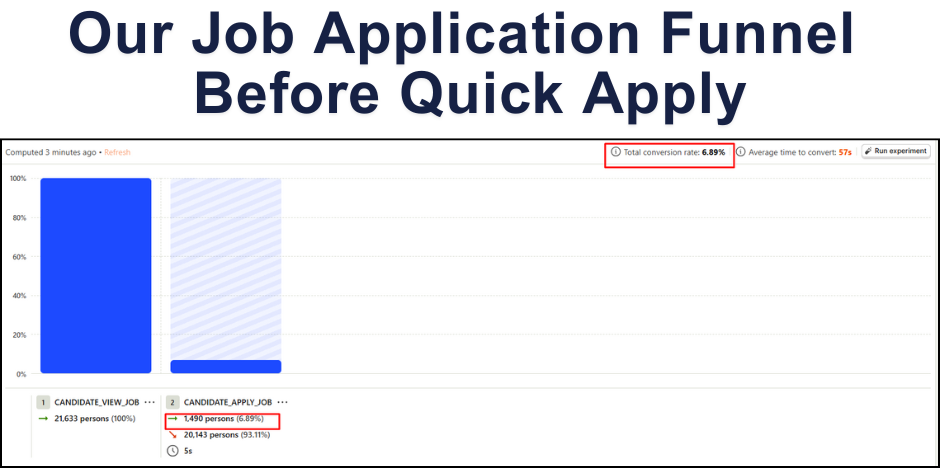
That 7% completion rate wasn’t just a red flag. It was a five-alarm fire threatening to burn our entire job board to the ground.
We stood at a crossroads:
- We could play the blame game, pointing fingers at “lazy” candidates.
- Or we could look in the mirror and admit we’d created a maze.
We chose honesty over ego. (Sometimes adulting means admitting you messed up.)
Step 1: Walk in Their Shoes—Stop Guessing, Start Listening
Instead of playing guessing games, we went straight to the source.
We reached out to real candidates with a simple question: “What’s stopping you from finishing our applications?”
Their responses were like daggers to our hearts:
- “Your forms are longer than my college applications.”
- “I could watch an entire episode of my favorite show in the time it takes to apply.”
- “Another account creation? I already have passwords for 50 websites!”
- “Trying to apply on my phone is like trying to thread a needle wearing boxing gloves.” (That one really hurt.)
When we talked to employers, we discovered something fascinating. They weren’t asking for War and Peace from candidates. All they really needed was the holy trinity: Name. Contact Info. Resume.
Step 2: Build Quick Apply — and Actually Mean It
The market was full of “Quick Apply” options that were about as quick as molasses in January. We decided to build something truly revolutionary.
Our Quick Apply system was built on four pillars:
- Just 4 essential fields, stripped of all the fluff
- Smart AI that reads resumes like a human (but faster)
- A mobile experience smooth as butterblog/blog/blog/blog/User engagement soared as more people stayed on the platform to browse additional job opportunities
The result? Applications that take under 2 minutes to complete. Quicker than your morning coffee run.
Step 3: Made It Truly Effortless
We knew that forcing employers to learn a new system would be like teaching birds to swim.
So we made it seamless.
If their job post only asked for the essentials – like name, resume, and contact details – our system automatically activated Quick Apply behind the scenes, without any intervention needed. It was like having a smart assistant who knew exactly when to step in and streamline the process.
No complicated training sessions for employers. No lengthy implementation meetings. No mandatory webinars explaining how to use “yet another system.” The job board simply adapted to what employers actually needed, making the entire process friction-free and intuitive.
The Results: Oh Hey, 22%
When we finally launched Quick Apply across our job board, we held our breath and crossed our fingers. Would employers embrace this simplified approach? Would candidates notice the difference?
The numbers that rolled in didn’t just meet our expectations – they completely shattered them:
- Application completion rates skyrocketed from a mere 7% to an impressive 22%, tripling our success rate
- The diversity in our applicant pool improved significantly, bringing in talent from all backgrounds
- Time-to-hire metrics shrank dramatically, delighting both employers and candidates
- User engagement soared as more people stayed on the platform to browse additional job opportunities
 What We Learned (The Hard Way)
What We Learned (The Hard Way)
✅ If your application process takes longer than ordering a pizza online, you’ve already lost top talent
✅ The best candidates have multiple options – they won’t waste precious time on cumbersome processes
✅ Simplicity always wins in the digital age
Complex, drawn-out hiring processes don’t make your company appear more professional or serious. They just make you miss out on exceptional talent.
Final Thought
Tripling our application success rate wasn’t some magical feat. It wasn’t even particularly challenging, once we stopped making excuses.
We simply made it effortless for people to apply. More talent. Faster hires. Less friction.
Turns out, if you build something people genuinely enjoy using, they’ll actually use it.

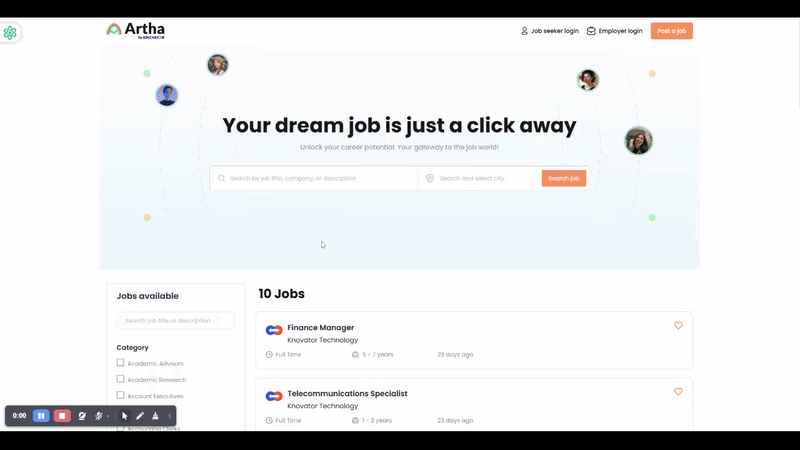
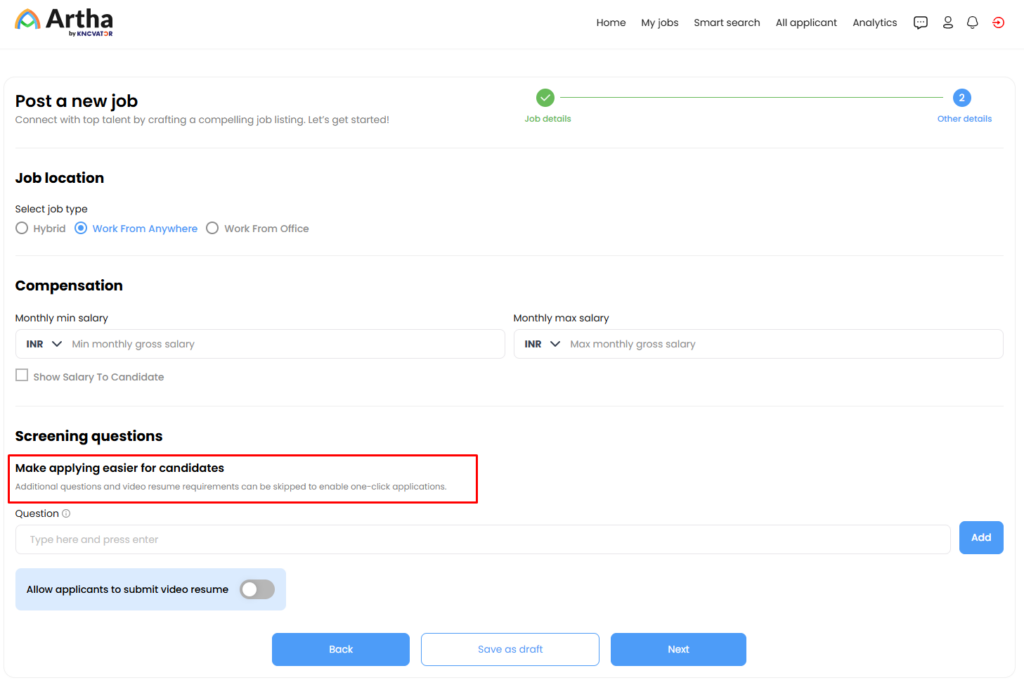
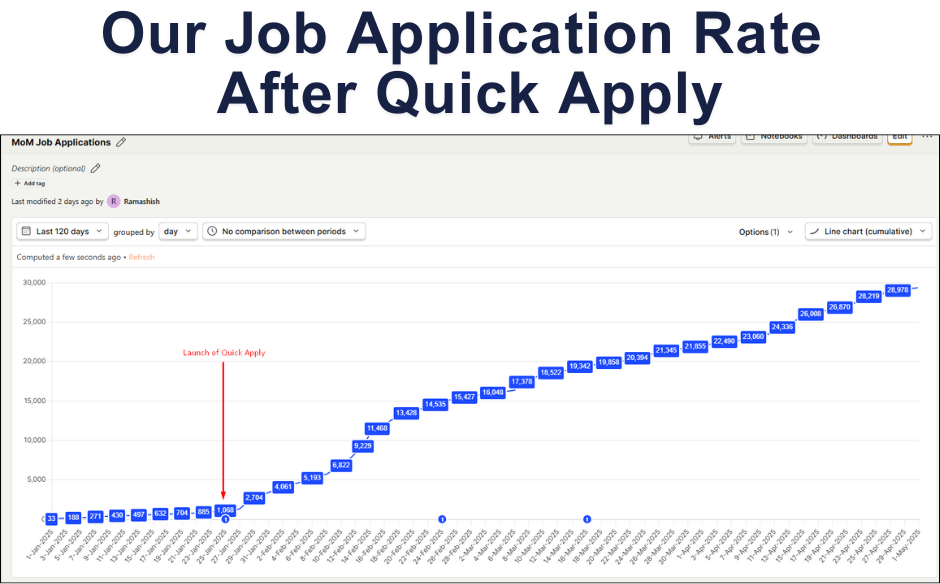 What We Learned (The Hard Way)
What We Learned (The Hard Way)
